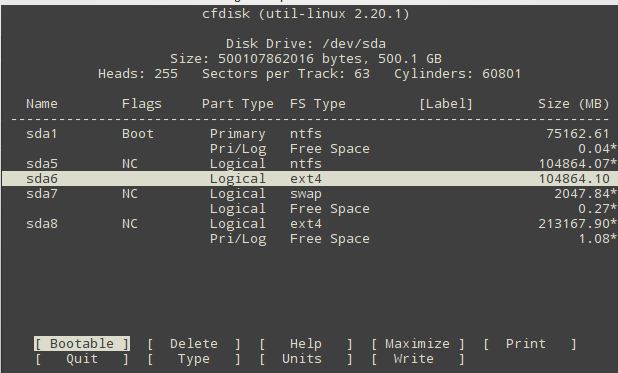5 Commands for check Harddisk Partition & Disk Space.
1. fdisk
Fdisk is the most commonly used command to check the partitions on a disk. The fdisk command can display the partitions and details like file system type.
(If you are working in root user #, then no need to add sudo command)
2. sfdisk
Sfdisk is another utility with a purpose similar to fdisk, but with more features. It can display the size of each partition in MB.
3. cfdisk
Cfdisk is a linux partition editor with an interactive user interface based on ncurses. It can be used to list out the existing partitions as well as create or modify them.
4. parted
Parted is yet another command line utility to list out partitions and modify them if needed.
Here is an example that lists out the partition details.
Here is an example that lists out the partition details.

















 After the IP information has been edited, click on apply & exit from the menu.
After the IP information has been edited, click on apply & exit from the menu.







